Opioid Overdose
(Wisconsin DHS)
AN OPIOID OVERDOSE CAN OCCUR FOR A VARIETY OF REASONS, INCLUDING:
When a person overdoses on an illicit opioid drug such as heroin or morphine
When someone accidentally takes an extra dose, deliberately misuses a prescription opioid, or mixes opioids with other medications, alcohol, or over-the-counter medications. An overdose can be fatal when mixing an opioid and anxiety treatment medications, including derivatives of Benzodiazepine, such as Xanax or valium.
When a person misuses an opioid-based pain medication, using not as prescribed by their physician or one prescribed for someone else. Children are particularly vulnerable to accidental overdoses if they take medication not intended for them.
SIGNS OF AN OVERDOSE INCLUDE:
Unresponsiveness or unconsciousness.
Slowed or stopped breathing.
Snoring or rattling sounds.
Cold or clammy skin.
Discolored lips or fingernails.
HOW TO RESPOND TO SOMEONE EXPERIENCING AN OPIOID OVERDOSE:
Call their name or yell, "I'm going to call 911!" If they don't respond to your voice, rub the middle of their chest with your knuckles (sternum rub).
Call 911 right away if you can't wake them up.
Follow the directions of the 911 operator. Tell the 911 operator if the person has slowed or stopped breathing.
START RESCUE BREATHING IF THE PERSON’S BREATH IS SLOW OR HAS STOPPED:
Make sure the person's mouth is not blocked, pinch their nose, and breathe into their mouth every five seconds. Continue this for 30 seconds. Follow the directions of the 911 operator if you need help.
GIVE NARCAN/NALOXONE IF YOU HAVE IT:
Remove the naloxone device from the package. Put the tip in either nostril until your fingers touch their nose, then press the plunger.
Continue rescue breathing if the person's breath is slow or has stopped. If there is no response after two to three minutes, give naloxone again. Click to learn more about Narcan.
PUT THE PERSON IN THE RECOVERY POSITION:
Once the person is breathing again, put them on their side with their top leg and arm crossed over the body to prevent choking. Stick around and keep an eye on the person until emergency help arrives.
IT IS SAFE TO HELP SOMEONE EXPERIENCING AN OPIOID OVERDOSE:
You do not need a prescription to use or administer naloxone.
You will not be responsible for any outcomes resulting from the delivery of naloxone.
